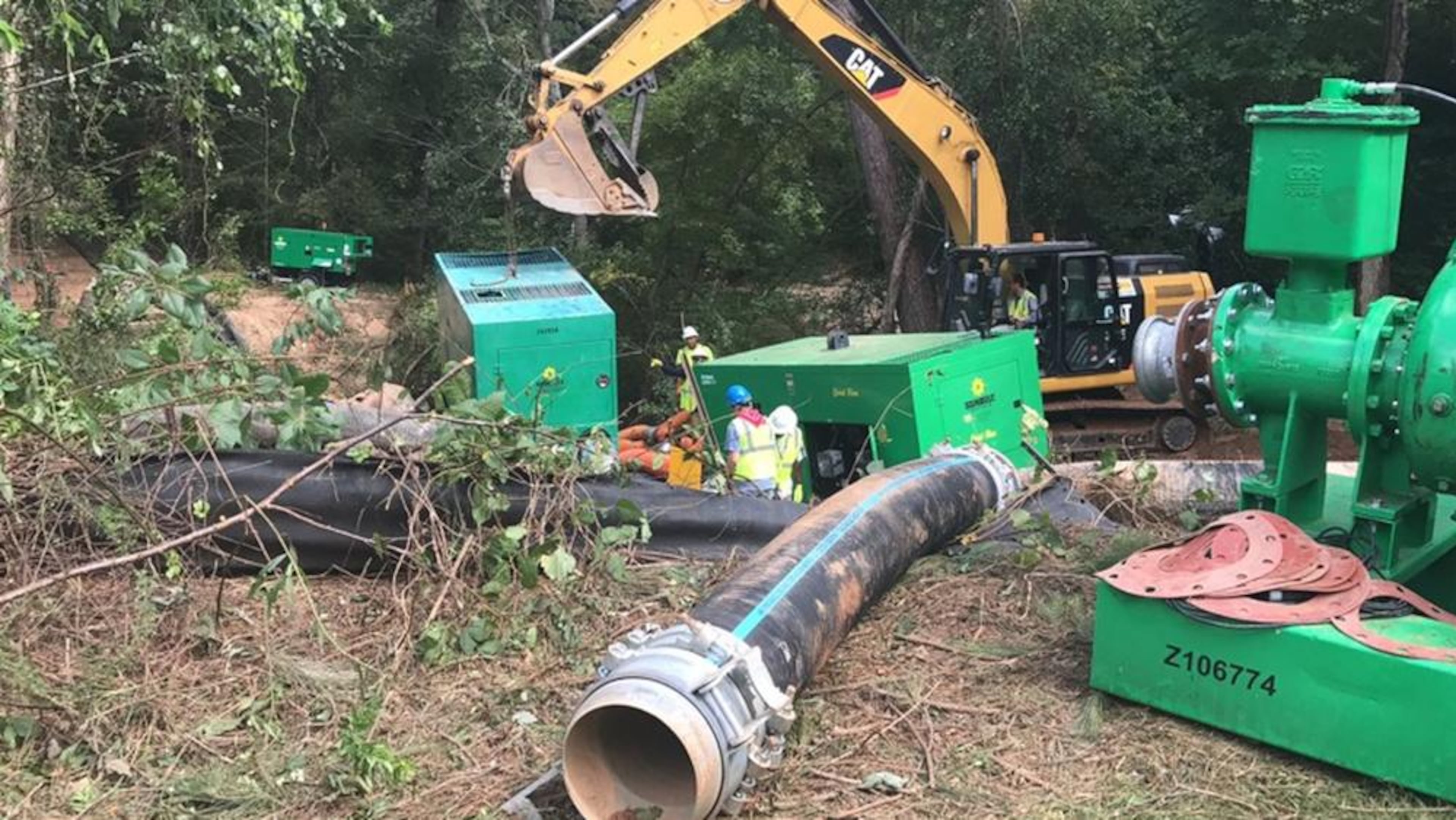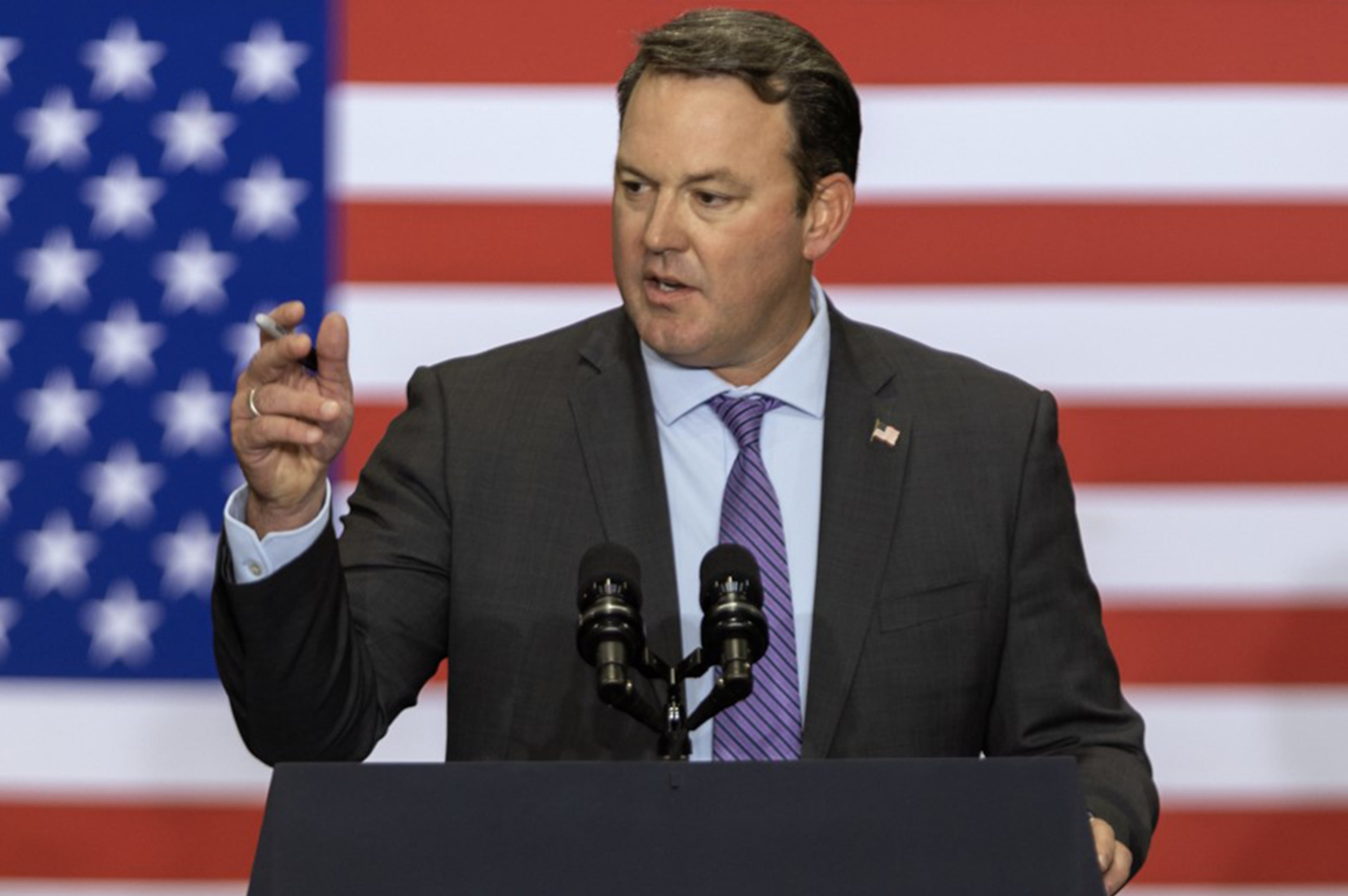Credit rating agency lowers outlook for DeKalb water and sewer fund
Moody’s Ratings, an agency that analyzes the ability of governments and other borrowers to repay debts, last week downgraded its outlook on DeKalb County’s water and sewer fund from stable to negative.
The revised outlook “reflects a much larger capital improvement program than previously anticipated,” the agency said in a written opinion.
The negative outlook means the water and sewer fund’s strong credit rating is increasingly likely to be downgraded in the next 18 months, according to a press release from Moody’s. The revised outlook might lead DeKalb to pay higher interest rates as it begins to finance most of a $4.3 billion capital improvement program through bond debt over the next seven years.
Moody’s assigned a rating of Aa3 — the fourth-highest out of 10 scores for investment-grade debt — to $438 million worth of revenue bonds DeKalb is issuing this year for rehabilitation at the county’s only water treatment plant and other projects. After the bond issue, DeKalb will have about $1.7 billion in outstanding debt, the vast majority from the water and sewer fund, Moody’s said.
The county’s overall credit rating and outlook were not affected. They remain stable and strong, according to Moody’s.
The price tag of DeKalb’s water and sewer upgrade plan has nearly doubled in the past two years. Project scopes and construction costs have both increased dramatically.
In a press release, county officials said they had predicted the outlook downgrade in response to its ambitious capital improvement plan.
“This moment should not be viewed as a setback, but as a necessary course correction following decades of underinvestment in our infrastructure,” DeKalb County CEO Lorraine Cochran-Johnson said in the release. “The cost of doing nothing would far outweigh the temporary impact of a revised outlook.”
To help finance the improvements, the County Commission in February approved an annual series of 10% water and sewer rate increases over the next decade that will more than double the average household’s bill.
The increases were initially scheduled to take effect July 1 but have been pushed back indefinitely while the county works on affordability and customer advocacy initiatives for low-income residents and those with disputed bills.
The rate increases will likely take effect by this fall, according to the Moody’s opinion, which listed delays in implementing the rate increases as a factor that could cause a credit rating downgrade.
In the press release, Cochran-Johnson said county leaders earlier considered preserving the stable credit outlook by raising rates even higher, but they decided against it.
“We balanced the need for financial strength with the need to limit the burden on our residents — accepting a possible shift in the outlook in favor of affordability and equity,” she said.

The county did not respond to questions about likely interest rate increases, the additional costs to the county they would generate or from where that additional funding would come.
“We acknowledge that the revised outlook may result in slightly higher interest rates, but this is a manageable cost in the context of the long-term financial strategy we have already set in motion,” Chief Financial Officer Dianne McNabb said in the release.
The capital improvement plan includes about $1 billion in improvements to comply with a federal consent decree that dates back to 2011, when DeKalb was first ordered to fix its frequently overflowing sewer system under Clean Water Act requirements.
The consent decree gives DeKalb a 2027 deadline to complete certain improvements. The county this year requested a 10-year extension.
The cash balance and income-to-debt ratio in DeKalb’s water and sewer fund already worse than those of similar utilities before the capital plan grew, Moody’s said. Both metrics will drop further, due in part to a lack of rate increases since 2022, according to the credit agency’s opinion.
Despite the planned rate increases, the county’s total water and sewer debt will likely rise to five times the fund’s annual revenue within three years, Moody’s said. Among all the water and sewer utilities that Moody’s rates, the median debt burden is about double annual revenues.



